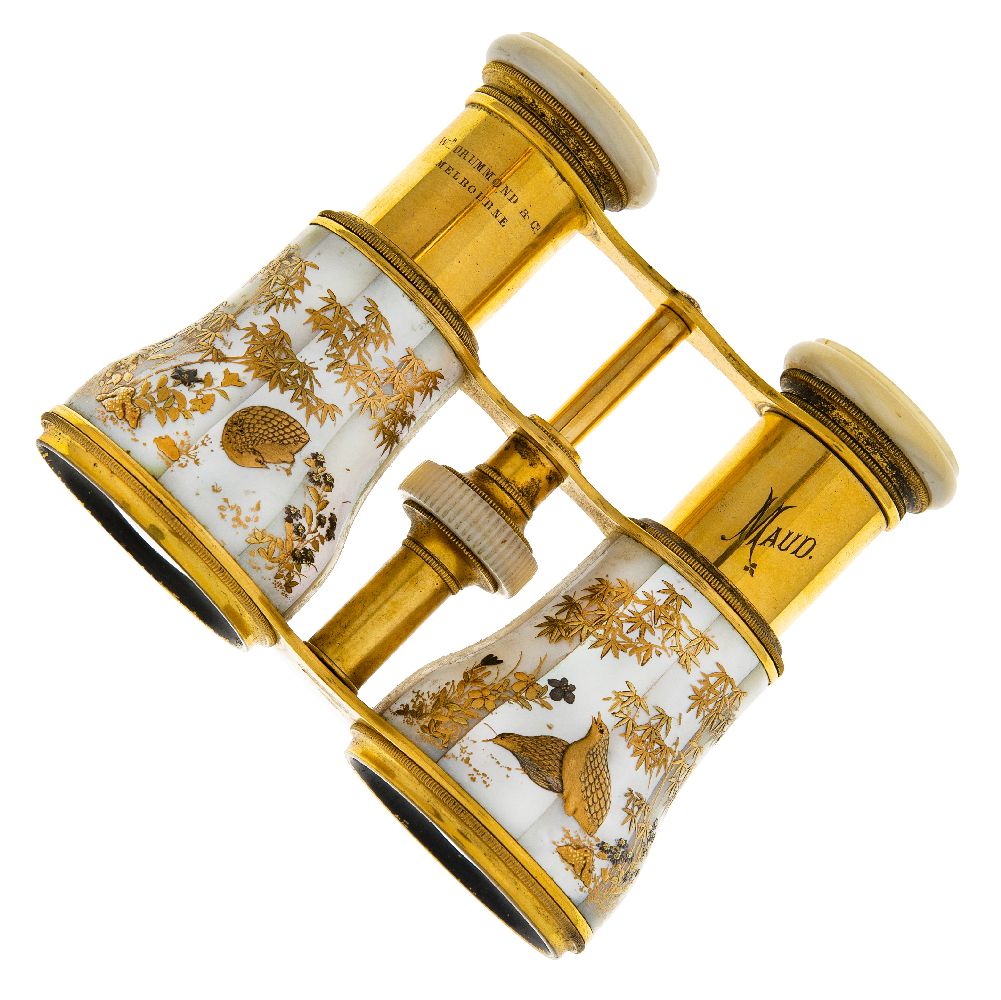

It was not common practice for women to use optical aids unless they were to partake in specific activities or tasks in which they were required to use them such as sewing or reading. History įrom its invention to around the 17th century, corrective eyeglasses were mainly for the use of men. Ī double lorgnette (also known as dual purpose lorgnette) consists of two pairs of spectacle lenses of different power, typically one for far-sighted vision and one for near-sighted vision. An unusual variant of the fan lorgnette is the French/Spanish “Flirtation Fan” or “Eventail Cocarde” which has a unique use of mirrors and methods of opening and closing. The fan lorgnette is an accessory where the lorgnette is hidden in the fan and used to inconspicuously observe others. The fan lorgnette and the double lorgnette are examples of variations of the lorgnette. Many lorgnettes had handles which also served as a protective case for the lenses to fold into, therefore making it easier to carry around. Lorgnettes were made from a range of different materials including tortoise shell, horn, silver, gold, enamel, and various kinds of jewels. The handles of a lorgnette may vary in length or may be incorporated in various decorative or functional ways. There are many types and forms of the lorgnette. Lorgnettes can typically be identified as a pair of spectacles on the end of a handle. This word comes from French lorgnette, from lorgner (to take a sidelong look at), but it is a false friend: the equivalent French name for this (obsolete) optical instrument is face-à-main while lorgnette (or lunette d'approche, longue-vue) usually means a ship captain's (monocular) telescope.

#Opera glasses trial
The lorgnette was employed as a prop and affectation by early 20th century trial lawyer Earl Rogers, and one is featured on the front cover dust jacket of his biography, Final Verdict, by his daughter Adela Rogers St.

They were worn popularly in the 19th century. These were very popular at masquerade parties and used often at the opera. Fashionable ladies usually preferred them to spectacles. The lorgnette was usually used as a piece of jewelry, rather than to enhance vision. Their precise origin is debated: some sources describe English scientist George Adams the elder as their inventor, while others cite his son George Adams the younger. The word lorgnette is derived from the French lorgner, to take a sidelong look at, and Middle French, from lorgne, squinting. A lorgnette ( / l ɔː ˈ n j ɛ t/) is a pair of spectacles with a handle, used to hold them in place, rather than fitting over the ears or nose.


 0 kommentar(er)
0 kommentar(er)
